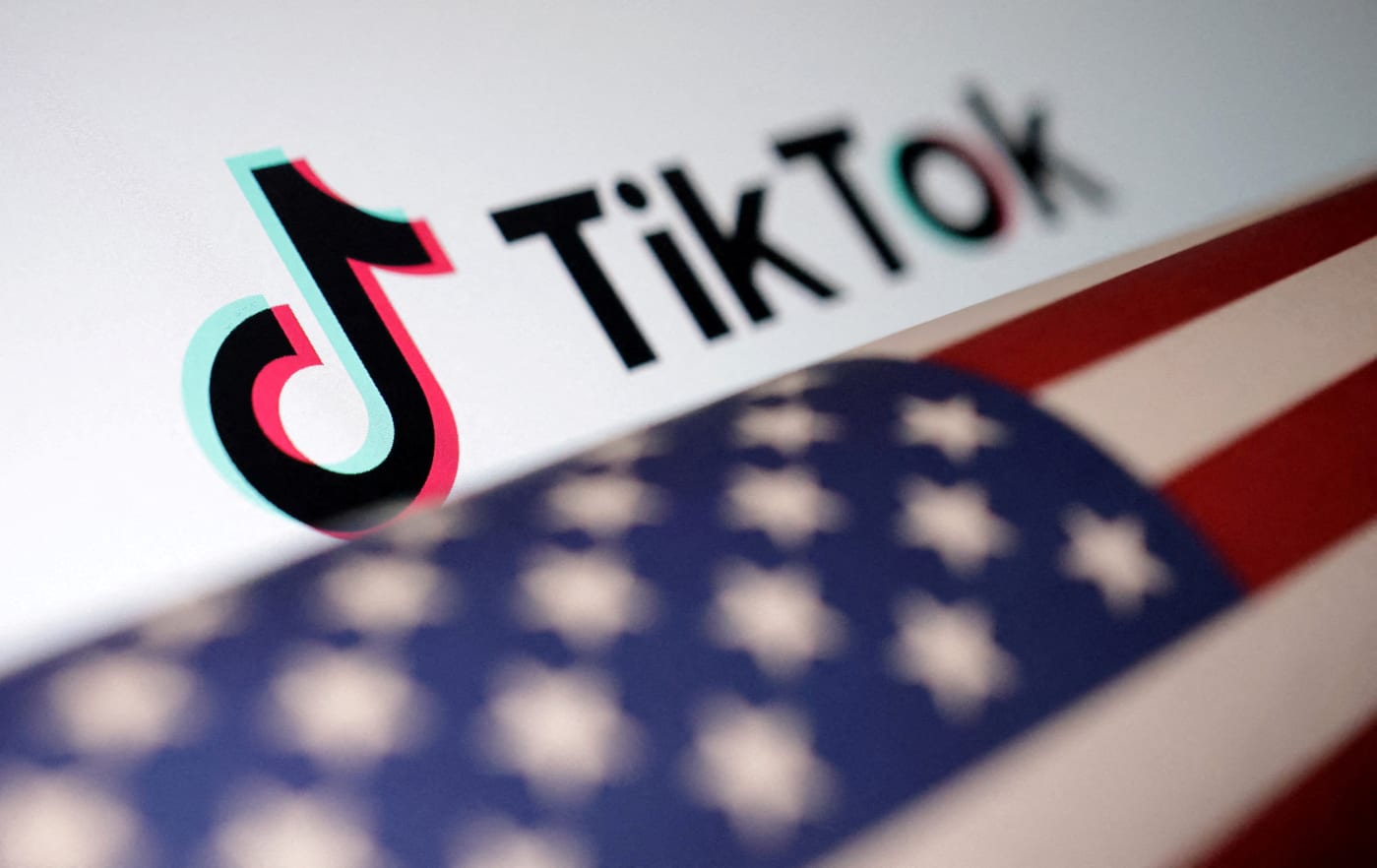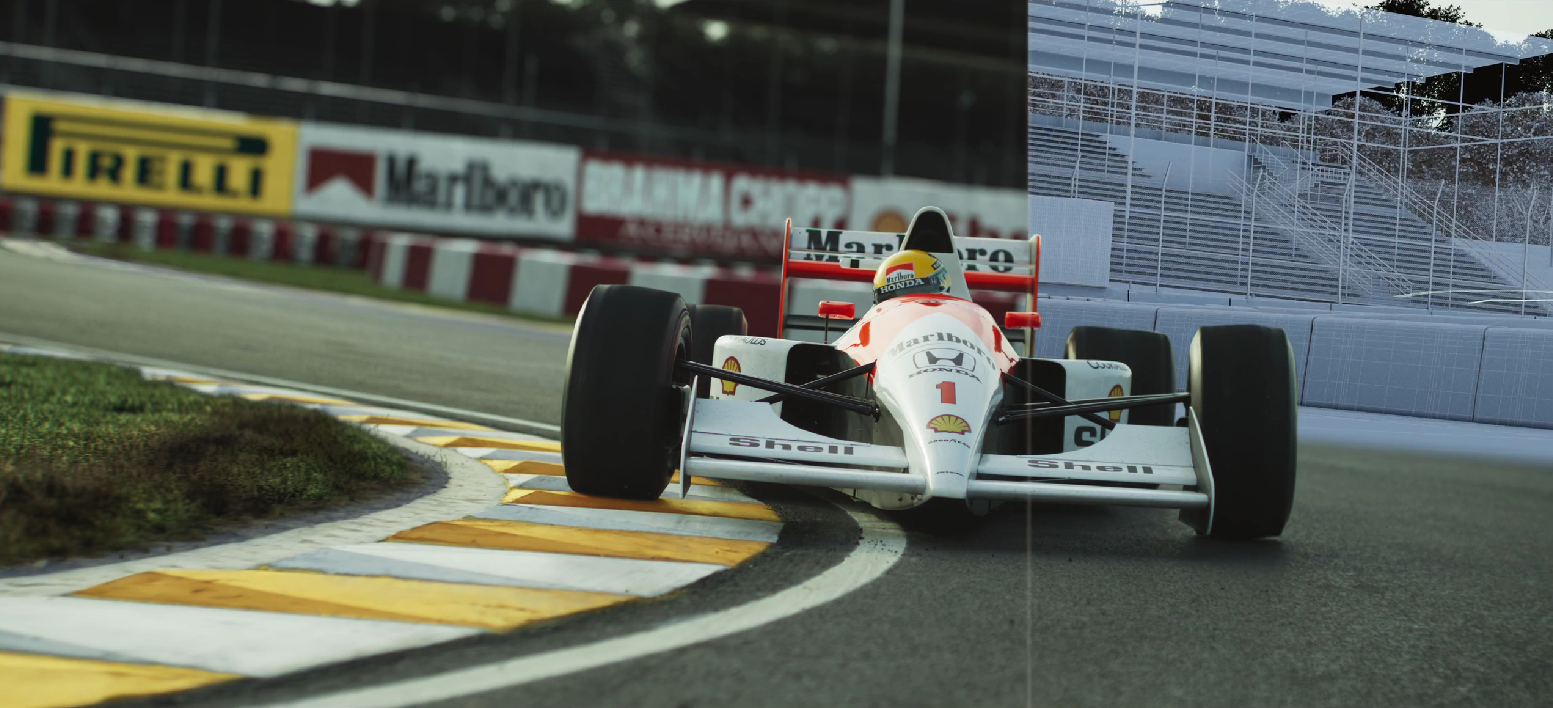
LIFEHACKER.COM
My 10 Favorite Interview Podcasts of 2024
I hear about the same interview podcasts over and over again. You know the ones I meanthe ones at the top of the charts right now. Im here to remind you that just because you hear about them the most doesnt mean theyre the best. Respectfully, these ones are. They are led by hosts with curiosity and respect for the people theyre interviewing, plus a lot of tricks up their sleeves to keep things interesting. Or maybe just a deck of cards. (Oh Im spoiling the first one!)See my list of best podcasts of 2024 here and the best true-crime podcasts here. And let me know which interview podcasts you think should be on the list in the comments!Wild CardOn Wild Card, Rachel Martin uses an actual deck of cards to guide her interviews with actors, artists, and thinkers. Its the guests who choose a card from the deck, and these little cards have pretty big questionsand they're so fun that Ive written them down and brought them to parties. (Where did you get to feel independent as a kid? Whats a moment when a stranger made you feel loved? What do people misunderstand about you? What feeling do you have more than others?) Im fun at parties! This is a podcast I never, ever miss. And you shouldnt miss the Nikki Giovanni episode. I always liked it but love it even more now that we lost Nikki not long ago.Tosh ShowYou might remember comedian Daniel Tosh for his stand-up specials and his long-running Comedy Central show Tosh.0, which featured satirical internet video commentary. For his podcast Tosh Show, he is doing the opposite of what almost every comedian is doing (interviewing celebrities and other comedians) and instead interviewing the people in his everyday life, the most normal people he can find. His airstream guy, his sons music teacher, his wifes gynecologist. The conversations are so quick, funny, and fascinating, proof that Tosh is skilled enough to make anyone seem like the most fascinating person in the world for even just a few minutes. He breaks the rules in other ways: sharing audio of his son reading stories and sending a gift to all of his guests. (Its always somethingusedfrom his home that he no longer wants.)Search EnginePJ Vogt was half of Reply All, which is probably one of the most beloved podcasts of all time. After leaving Reply All, he went out on his own to start Search Engine, where he solves mysteries that are ungooglebleeverything from, Who buys luggage at the airport luggage store? to Why didnt these two random guys get into Berghain? (the exclusive dance club in Germany). The episodes are so good because they spring from PJs genuine curiosity. Theyre funny and will consistently give you something to think about .From Now OnFrom Now On is hosted by Lisa Phillips, former model and current talent scout who has navigated the complexities of the entertainment industry. Lisa is also, importantly, a survivor of Jeffrey Epstein. This podcast dives head first into stories of abuse and recovery, and Lisa, someone who personally and deeply understands abuse, especially in regards to workplace and industry power struggles, is the perfect host. Although it doesn't look like a true crime or investigative podcast on its surface, it has had a real-world impact on crime. Because of it, several women who have been assaulted by the same man in the same way have come forward about him, and they said it was because of the show. Not all post Me-Too media has been able to do this, and my only guess as to why Lisa has is because of her open, emotional way of bringing them into her space. She makes them feel safe enough to let things out. Sometimes when I listen to From Now On, I cannot believe what Im hearing.Panic WorldRyan Broderick's Panic World, launched in September as an offshoot of his newsletter Garbage Day, offers internet-culture analysis, exploring bizarre trends, moral panics, and viral phenomena originating from obscure corners of the internet and how they evolve to influence us IRL. Ryan talks to guests like Michael Hobbes and Akilah Hughes about niche internet subcultures and is able to effortlessly make sense of something weird that went viral online, sprinkling in humor and insight from his years working the tech news desk at Buzzfeed. Think: TikTok challenges, conspiracy theories, and stuff like Silicon Valley's obsession with anti-aging.Strangers on a BenchFor his podcast Strangers on a Bench, singer-songwriter Tom Rosenthal has been strolling though London parks with his recorder going up to strangers on benches for conversations, and we get to eavesdrop. Because the guests are often anonymous, they often get incredibly personal, saying things you probably have never heard anyone say on a podcast, and I dont think that most people would say if Tom (who obviously is a warm, charming, hospitable host) were to use a more traditional format. One woman opens up about visiting her deceased husband and daughter at the cemetery. Another talks about her emotional relationship with keeping things clean. Another about his inability to break the cycle of incarnation in his family. I love Strangers on a Bench because it teaches us a new way to get to know people, and because its a reminder that everyone is thinking interesting thoughts on those benches. Also because Im nosy. Queue the cheesy music: On these benches, there are no strangersDeath, Sex & MoneyAnna Sale started Death, Sex & Money in 2017 after realizing many interview podcasts would pussyfoot around harder, more interesting questions about human nature. So she started a show about just that. Episodes expose our uncomfortable feelings about, and our very real relationships with, death (My Father Planned His Death. I Didnt Stop Him.), sex (Why Youre Not Having Sex), and money (one of my favorite episodes, Why I Steal.) Anna is gentle yet probing and direct. Some interviewers make it about themselves; Anna never does. Shes comfortable in silences. And people open up to her. This is a part-storytelling, part-interview, part-dont-even-think-about-bothering-me-right-now-I-am-clinging-to-every-word podcast.The Worst PodcastThe Worst Podcast is clearly selling itself short on purpose, it is one of the best interviews shows to emerge from 2024. Award-winning filmmaker Alan Zweig hosts, and comes to the mic cranky every time, asking his guests (whom he never knows anything aboutfirst up? Paul and Janie Tompkins) to tell them about the worst things in life. Alan has thrown the interview rule book out the window. He argues with his guests and his producer and gets extremely personal with us; maybe too personal. Hes not trying to be liked, and for that you will love him. That first episode with Paul and Janie is really, really good. And if you love Anna Sale (see above), theres a great interview with her.Bullseye with Jesse ThornThere are many reasons I will listen to every episode of Bullseye with Jesse Thorn, whether Im familiar with the guest or not. Lots of interview podcasts are coming from a place of curiosity, and thats great. A lot of the shows on this list do that. Jesse comes to his guests from a place of deep respecthis questions dig deep beneath the surface. He can swing from serious to silly with people like Dan Aykroyd, Prodigy of Mobb Deep, Maria Bamfordpeople hes carefully chosen to interview because he truly wants to talk to them. (This made me start thinking about how many interviews I listen to where I have to ask myself if the host really even wants to be interviewing their guest. And since were listening to artists who Jesse really likes (lots of indie comedians and hip hop artists), they arent necessarily people doing the rounds on all the podcasts. Conversations are broken up by segments like Wish I Made That or Canonball, which takes a closer look at albums that should be considered classics. This is the show Im most likely to forward to a friend and say, you wont believe who has been interviewed on Bullseye with Jesse Thorn.Talk Easy with Sam FragosoOn Talk Easy, Sam Fragoso has thoughtful, long-form conversations that dont feel like interviews at all, but deep dives into the minds of his guests artists, activists, and politicians. (Sam goes from sitting with the first Gen Z Congressman to discuss his fight for gun reform to getting a tea with Amelia Dimoldenberg of Chicken Shop Date.) Each conversation has a narrative arc and feels like a meditation. Sam is curious and empathetic, he does his research, and hes interested in not just single answers, but the full story. Even if youve heard someone speak on twelve other podcasts, Sam will deliver an interview that feels completely new.
0 Comments
0 Shares
178 Views











